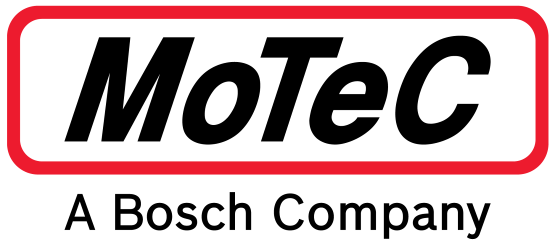Included in GPR Drag are numerous ancillary features common to race cars, such as:
- Anti-lag
- Driver switches (e.g. pit switch, launch enable and boost limit)
- Gearbox control
- Knock control
- Intercooler sprays
- Launch control
- Gearbox coolant pumps
- Traction control
Key features for drag racing include:
- Time based trims and compensations
- Improved large turbo boost building for launch
- Traction control for vehicles with torque converters
- "Two Step" Launch
- Individual cylinder exhaust temperature fuel trim
- Suspension position with 1000Hz logging capability
The Package also caters for many systems found on modified road vehicles that may be useful in a racing context, such as air conditioning control and four definable control outputs.
MoTeC's GPR Drag Package is suitable for use with M1 port injection ECUs. It seamlessly integrates with other MoTeC products and provides pre-defined CAN messaging for all current Display Loggers, Enclosed Loggers, Power Distribution Modules and other devices including E888, VCS, GPS, ADR and SLM. Example wiring schematics are provided for basic operation with ECU variants.

